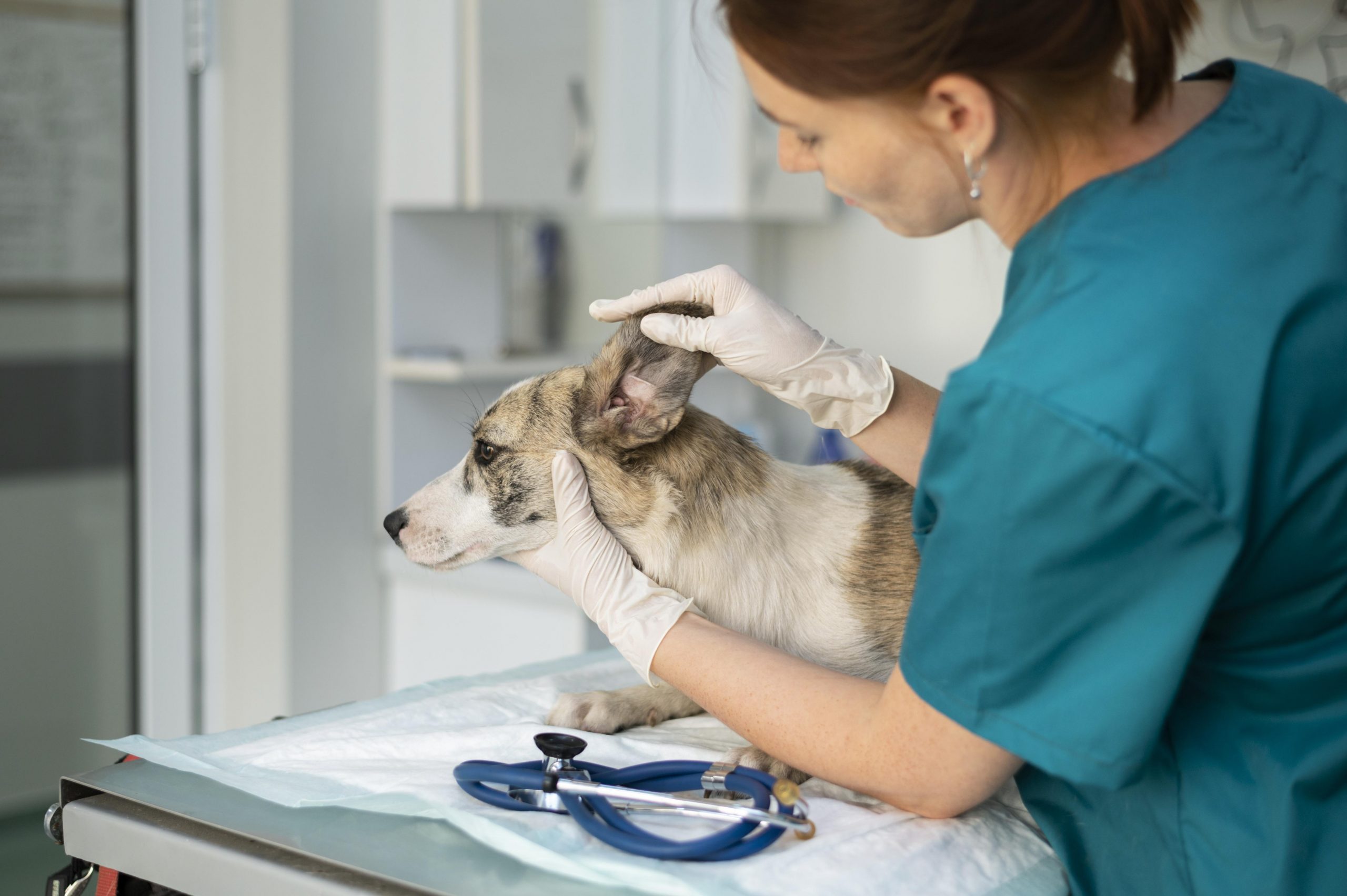Leishmaniasis is a serious infectious disease affecting dogs of various breeds and even humans, caused by a parasite called Leishmania, which is transmitted by mosquitoes.
When an infected mosquito bites the dog, the parasite enters the dog’s body and infection begins.
The infection can develop without symptoms depending on the dog’s immune system, with the parasite remaining inactive in the dog’s blood for months or even years, but some other disease can activate it and cause the infection to start.
Infection process
- The infected mosquito bites the dog.
- The infected mosquito transfers the parasite in the dog’s blood.
- The infectious disease reproduces.
Types of Leishmaniasis
There are two types of Leishmaniasis:
- Cutaneous leishmaniasis: this is the most common and affects 80% of the dermatological part. Its main symptoms are loss of hair around the nose, eyes and ears, skin ulcers, very long and fragile nails, loss of skin colour, cracks in the paw pads, among others.
- Visceral leishmaniasis: affects the dog’s organs such as the kidneys, liver and spleen, and also affects the bone marrow and immune system. Its main symptoms are loss of appetite, kidney failure, inactivity, weight loss, nosebleeds, vomiting, diarrhoea, dark red or black faeces, among others.
How can I protect my dog?
To protect your dog from this serious disease, the first thing to do is to know at what time of the year there are more mosquitoes, and this is approximately from April to October, when it is warmer, and especially at dawn and dusk.
Therefore, acting before the heat begins is of vital importance to prevent them from contracting this disease.
For prevention we can use pipettes, anti-parasite collars, immunity boosters and vaccines, the best way to protect them is with a combination of all of them.
There is no cure for this disease, so early diagnosis and treatment will help the animal to have a better quality of life. We strongly recommend that you have a diagnostic test at least once a year.


